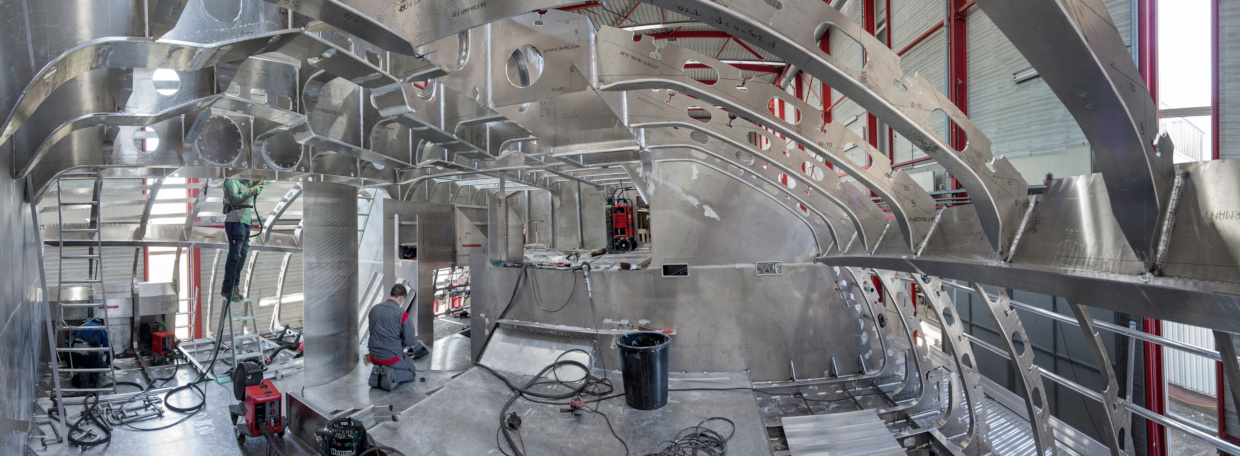This course has been superseded by the course:
Structural Design & Scantling with ISO 12215 (click here to check the new course)
Welcome!
Welcome to Scantling with ISO 12215!
Providing sufficient structural strength is one of the main objectives of a designer of floating devices. Yet, one of the most neglected aspects in the design of small boats has been the calculation of their structures.
Scantling is the process of defining and calculating the structural elements of a vessel.
What will you learn?
Compliance with ISO 12215 is mandatory for obtaining the CE marking and, therefore, for selling boats in the European Union. It applies to recreational and commercial craft and workboats up to 24 meters in length.
This course will explain the ISO 12215 – 5 standard, carry out step-by-step manual detailed calculations for different hull structural elements, perform a complete calculation of a sailing yacht of 17 meters long using dedicated scantling software, help analyze the results obtained, and explain why some solutions are more suitable than others.
Once finished, course students will be able to obtain precise information on weights and centers of gravity, which will allow them to carry out naval architecture calculations more accurately and enable the preparation of construction plans.
During the course, the instructors will:
- guide the students through the different procedures defined by the standard;
- explain how to get the best out of each of those procedures;
- provide reasoned criteria that will help in making decisions;
- clarify peculiar situations that can be found in some types of structures;
- provide solutions and perform calculations to structures not covered by the standard, such as the bulwark, floors, transoms, inboard engine mounts, etc.;
- carry out step-by-step manual detailed calculations for different hull structural elements;
- perform the scantling of a complete sailboat using a scantling software: structure, rigging, rudder, and keel-to-hull connection.
The software
In the second part of the course, the instructors use a scantling software. The software runs on Windows, and some of its modules require Microsoft Excel to work properly. The instructors will explain how to install it on Windows, MacOS, and Linux machines. This course does not provide Windows or Microsoft Excel licenses.
Students will be granted a Free Student License to the software that will allow them to follow along with the course. The Free License period starts at the course enrollment date and will last six (6) months.
Course organization
The course is video-based, self-paced, and on-demand at your convenience. Students can follow the course at their own pace from wherever they want.
Students who complete the course will obtain a Certificate.
Course students will also have access to the course’s virtual private classroom, where they can interact with the course instructors and fellow students.
– Resources:
- Video lessons.
- Materials (pdf documents).
- Software & Software Student License.
- Virtual private classroom.
- Quizzes.
- Course Certificate
– Classroom:
– Prerequisites:
- To follow the course, it is not necessary to have any prior knowledge of scantling.
- A minimum Navalapp membership level of “Subscriber” (free membership) is required to enroll in this course.




